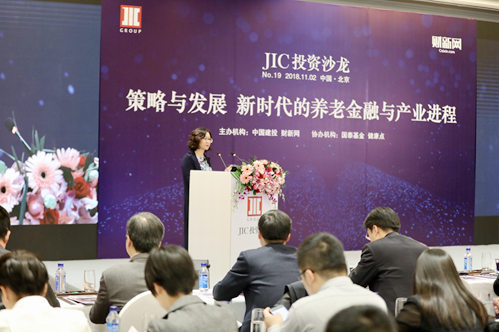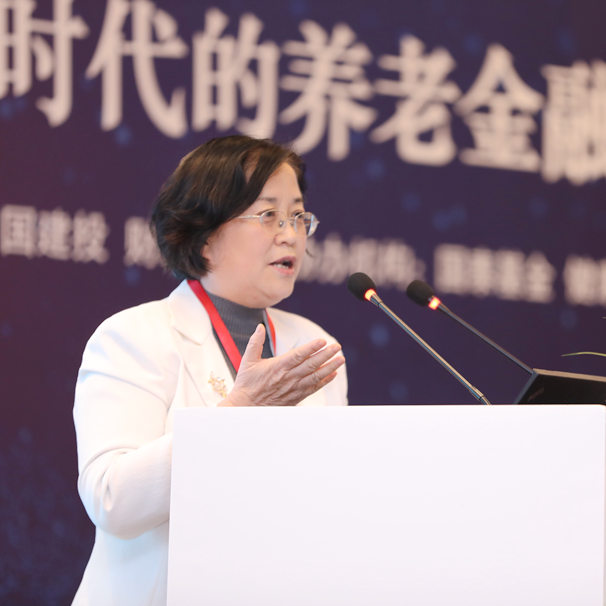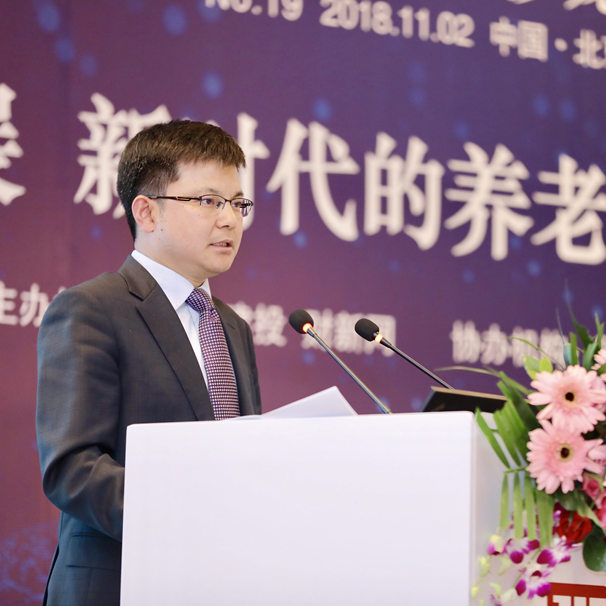Yang Yansui(Professor, School of Public Policy and Management, Tsinghua University)
First, let's look at the silver economy and its development strategy. In 2007, the World Health Organization proposed that in order to invest in health and build a secure future, people began to use artificial intelligence and health management as the core for a big healthy economy. This is the third wave of wealth after the agriculture economy and the industrial economy, which is the issue we are discussing today.
An aging population’s impact on economic growth and consumption. Both the demand and the supply side need to be reformed. This is the development of healthy wealth. Our responsibility is not to build a large hospital, but to build a sustained health care and health service system in the entire chain, which is what health wealth growth will fall into. In this process, financial innovation is needed. The first stage is to establish a system and a comprehensive coverage guarantee, and China is struggling with this. We need to adjust the structure of an aged society, and financial innovation is needed for that.
There are two financial innovations that cannot be delayed today. One is the national pension and the other is the PPP for medical care and old-age care, which requires a lot of financial innovation. Today's pension has three components, government, enterprise, and individual, to spread the risk. The three pillars constitute a national pension, which is the trend we are seeing. With aging, the national pension and government pensions rise rapidly. The coverage is basic, and the society is aged. At that time, it is necessary to adjust the structure and increase the second pillar and the third pillar. The first pillar of pension sources is government taxes or corporate payments; the second pillar is enterprises, which will go into costs, reducing profits. The third pillar - personal pension resources. Personal pensions will play a major role in the future, and this is the trend. The three pillars will work together to make pensions sufficient.
In today’s pension market, you have two accounts, three types of plans and four major categories of products that constitute a platform. The first product is created by the state with taxation. The United Kingdom issued a pension bond for the elderly over 65 years old – this is a product. The second product is pay now, where young people pay taxes, and the elderly receive them. The third product is a traditional contract product, mainly based on insurance, and the fourth is a modern trust product where the investor and the trustee share responsibility.
Innovation in the field of retirement is in the regulation and tools of PPP. A lot of innovation is required to have a price-oriented PPP – you need to have every price, type of person, purchasing power and cost clearly defined. There are policy innovations, technological innovations, and product innovations. It should be said that the medical and pension PPP that China faces today is a huge financial innovation.






